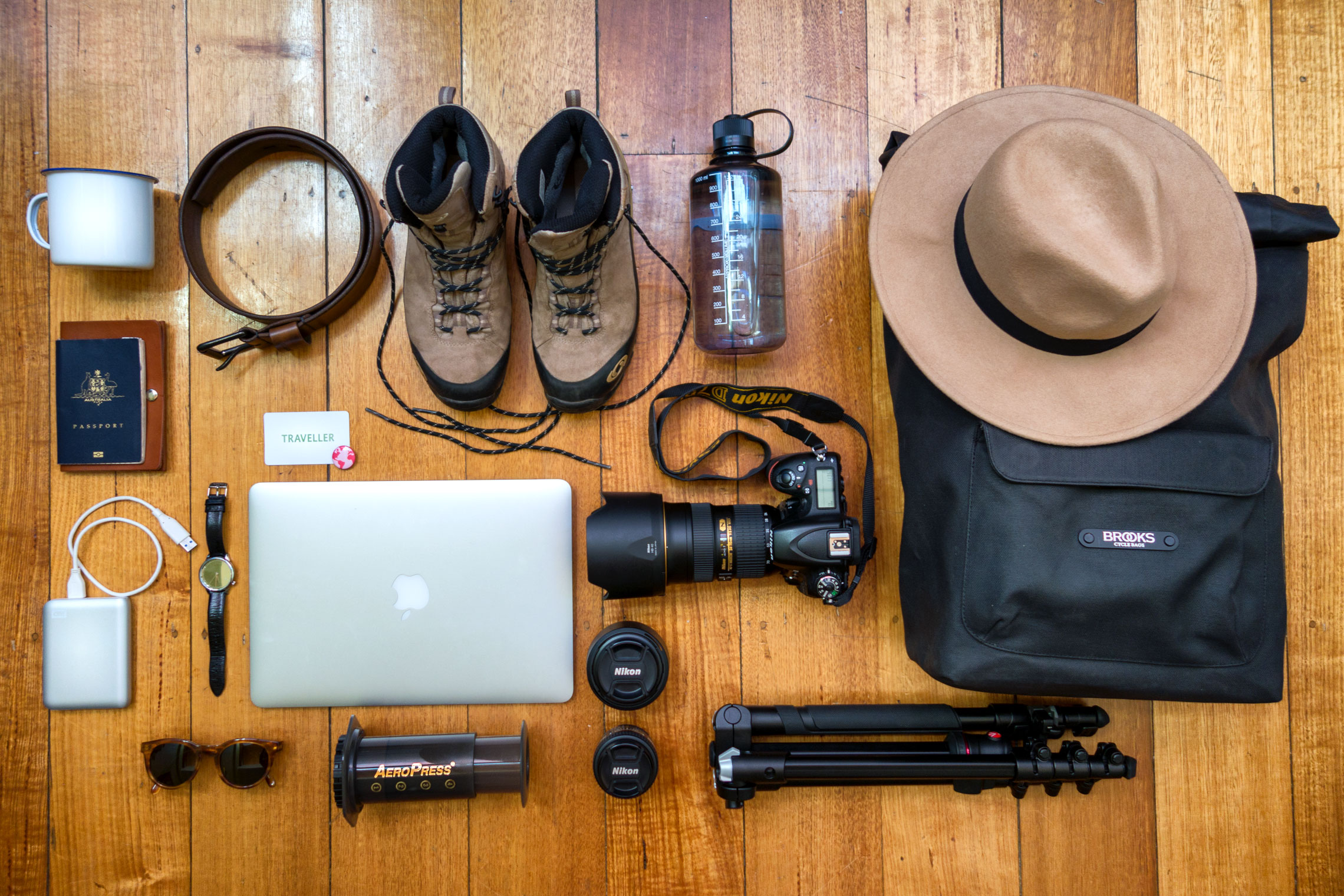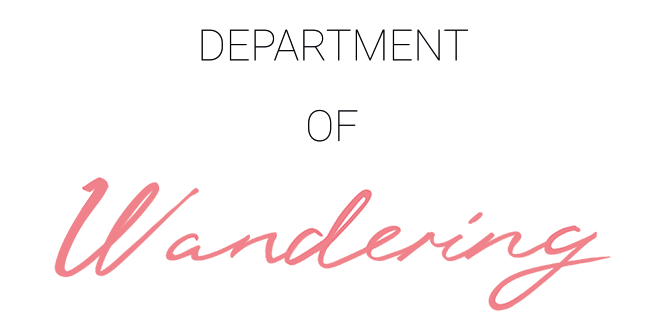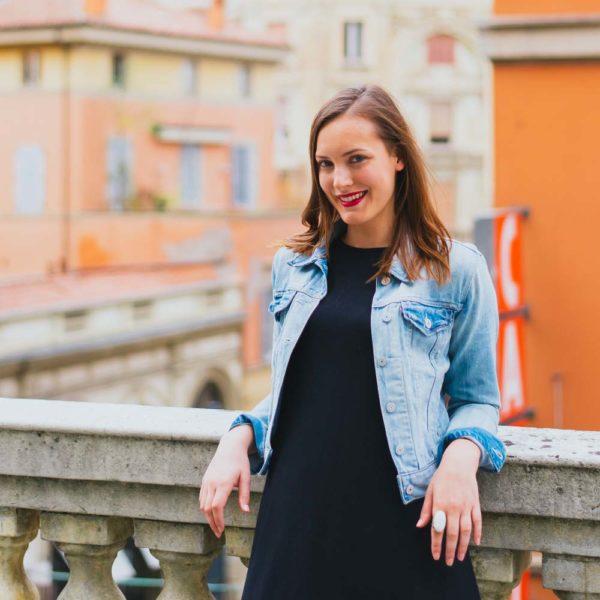
Whether you?’┐Įre aspiring to be the next Nat Geo photographer or simply want to come back with good vacation photos, there are so many ways to step up your photography game.
Remember those days when Instagram was still new, and we thought every new iPhone?’┐Įs camera quality was amazing? What a rookie mistake! Personally, I hate looking back at all of my study abroad photos as every single one is slightly blurry and under not just one, but two Instagram filters!
That was over six years ago, and things have changed big time. When I first moved to moved to Korea, the first thing I did was buy myself a DSLR camera. Since then I?’┐Įve upgraded to a full-frame DSLR, invested in Lightroom, and have spent hours on photo editing tutorials as well as even more hours tinkering around with my own photos.
If I can go from double-filtered Instagram photos to quality, professional photos, then you can too with these nine steps.
9 ways to step up your photography game:
1. It?’┐Įs not the gear you have, it?’┐Įs how you use it
While I?’┐Įm sure no professional photographer is using only their iPhone, it?’┐Įs not just the fancy gear that helps them take great shots. You can spend $5,000 on the best Canon DSLR out there but if you don?’┐Įt understand things like aperture, ISO, or shutter speed, you probably won?’┐Įt produce anything worthwhile.
Start with beginner tutorials on Youtube. If you already have a camera, try to find a tutorial that uses the same model as yours to make it easier to learn.

2. Shoot in RAW
While most photos you see are .jpg or .png, you?’┐Įll want to switch the settings on your camera to RAW. RAW images have zero processing like other versions, and this makes it much easier to work with when you edit later.
3. Divide the frame into thirds
This is something that I had so much trouble understanding when I first started learning photography, so hopefully I can illustrate it with the photo below:

Notice how the bike falls on the one line and the girl?’┐Įs body is evenly divided into the different sections? That?’┐Įs the rule of thirds. When you line up your camera to capture an image, try to see how it?’┐Įll look split up like this. It goes a long way in creating a better photo. Of course, if you?’┐Įre photographing things quickly or are on the go, you can always adjust the frame with some cropping later!
4. Move around to find the best composition
Sometimes you just have to physically move yourself! Want to make someone look taller? Squat down and shoot up. Trying to capture a landscape? Try capturing it from all angles. Go up as high as you can, go down as low as you can, and walk in the opposite direction. Sometimes it can make all the difference.
5. Light is the single most important thing
Above all, remember your light. You could capture the most beautiful portrait or moment, but if it?’┐Įs washed out or too dark, you?’┐Įll never be able to save it.
The best times of day to photograph are early in the morning or right before sunset (‘golden hour??. Also, don?’┐Įt get discouraged by overcast days — those are actually the best for portraits and city scenes as you?’┐Įll avoid harsh shadows.
Another tip: Shoot darker rather than lighter. A too-dark photo might still have plenty of detail you can fix in Lightroom, but a too-bright photo won?’┐Įt have any detail to save.

6. Study the photographers you love
Reminder that this does not mean copy!
But think of it like this. If you were a writer, how do you get better? How do you even know if you are a good writer? You study the great authors of today and yesterday. If you?’┐Įre an aspiring chef, don?’┐Įt you study under an established chef first?
This means, if you want to really step up your game, study the photographers you love. Deconstruct their photos and study what makes them good. Look at it from all angles — the framing, the colors, the story, the edits, and more.
When you?’┐Įre developing a style, it also helps a lot to ask why you like certain photographers. Then you can ask yourself what you like and what you don?’┐Įt, and apply this to your own photos.
7. Remember to capture the story
Even if you get all the techniques right, the big thing to remember is to capture a story. When you?’┐Įre trying to photograph something — anything — think of a story. Even photographing an empty trash bin can capture a story when done well.
For example, what do you think the story is here?

8. Invest in Lightroom and learn photo editing skills
Now that you have your photos, it?’┐Įs time to edit them. Even the best photos have a little editing. Sometimes all it means is raising the saturation a bit or bringing down the highlights. Other times, especially for photographers who like to develop a style, you can dive into split toning, tone curves, HSL sliders, and more.
The absolute best program for photo editing is Lightroom. Photoshop is great for specific fixes or touch-ups but for overall editing, Lightroom is the winner by far.
Once you have both your photo and the Lightroom program, it?’┐Įs time to learn how to use it. The best place to learn is on Youtube. Start with the basics, and then look further for the types of edits you want. For example, if you want a bright, ethereal style, watch someone like Elyana Ivette.
9. Practise, practise, practise!
And, above all, practise! You can?’┐Įt really improve your photography if your camera is sitting in a closet, collecting dust. Take every opportunity to practice. Just go for a walk early one morning and see what you can capture. Plan a weekend trip with friends for fresh inspiration. And, of course, travel to new places!
For some photography inspiration, check these posts next:
- The 10 Essential Wedding Photos Every Couple Needs
- Most Charming City in the South: A Photo Tour of Downtown Charleston
- 33 Photos to Make You Want to Travel to Taiwan
Like this post? Pin it for later!

Do you want to step up your photography game this year? Let us know if these tips helped you!




Thanks for sharing your experience that will be assisting me a lot.
Nice tips, I am trying hardly to improve my photographic skills.